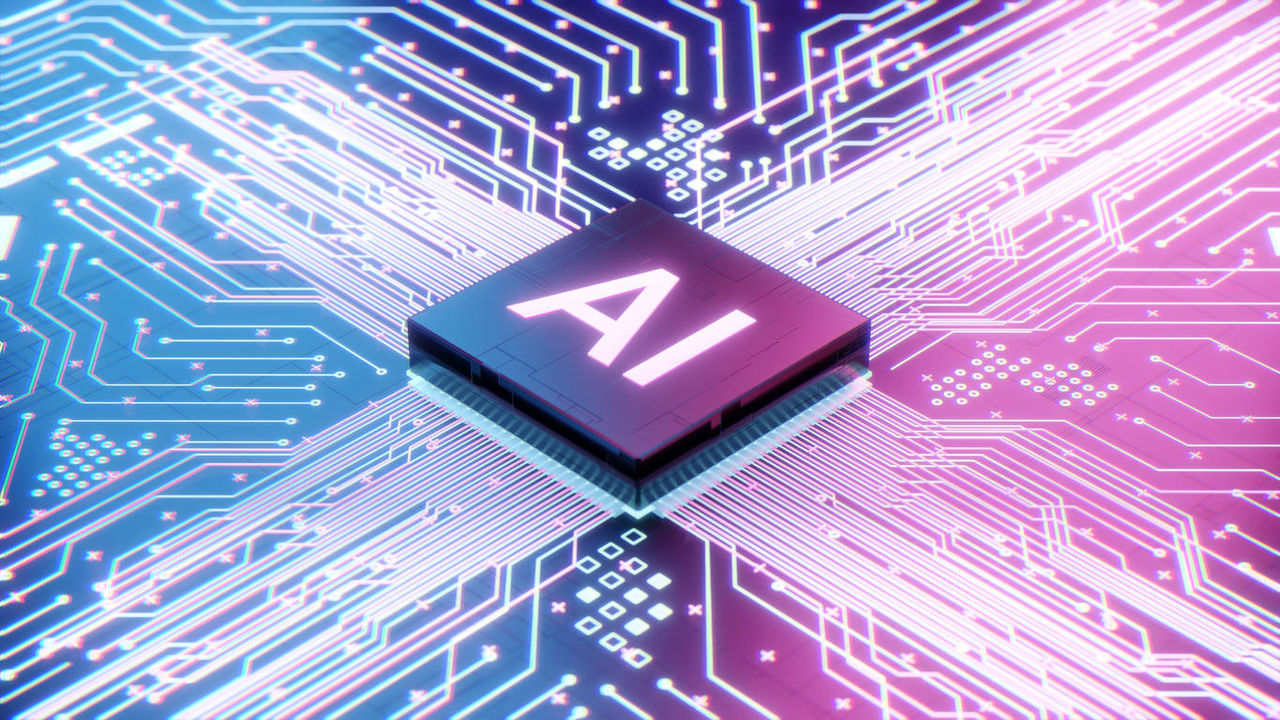AI's Wake-Up Call: New SHRM Research Reveals 23.2 Million American Jobs Already Impacted
While headlines have predicted widespread job displacement due to AI advancement, SHRM's findings present a more nuanced picture of the technology's actual workplace impact.
ALEXANDRIA, Va. – Today, SHRM – the trusted authority on all things work, workers, and the workplace – released new research examining how automation and generative artificial intelligence are reshaping the American workplace. The study, Automation, Generative AI, and Job Displacement Risk in U.S. Employment, finds millions of jobs are already at least 50% automated, offering critical insights for business leaders navigating technological transformation.
The research comes at a pivotal moment for the American workforce, as labor market conditions show signs of cooling with more job seekers competing for available positions, coupled with persistent skills mismatches between candidates and open roles. While headlines have predicted widespread job displacement due to AI advancement, SHRM's findings present a more nuanced picture of the technology's actual workplace impact.
Key findings include:
Automation technologies like AI are becoming increasingly common, but there are barriers to full displacement:
At least 50% of tasks are automated in 15.1% of U.S. employment (about 23.2 million jobs)
At least 50% of tasks are done using generative AI in 7.8% of U.S. employment (approximately 12 million jobs)
However, 63.3% of all jobs include nontechnical barriers that would prevent complete automation displacement.
Nontechnical barriers include client references for human interaction, regulatory requirements, cost-effectiveness considerations, and more.
There is significant variation across occupational groups:
At least 50% of tasks are automated in 32% of computer and mathematical occupations, by far the largest share for any major occupational group.
On the opposite end of the spectrum, at least 50% of tasks are automated in only 7.3% of education and library occupations.
Similarly, generative AI use varies dramatically, with 19.2% of computer and mathematical jobs utilizing AI tools for at least half of their tasks, compared to just 4.3% in healthcare practitioner roles.
“This research offers the kind of holistic perspective we’ve been missing on AI and automation in the workplace. Too often the conversation stops at job loss, but the reality is much more complex. We’re looking at how technology interacts with people, with industries, and with the very nature of work itself,” said Alex Alonso, Ph.D., SHRM-SCP, Chief Data & Analytics Officer at SHRM. “What we find is that the future isn’t simply about replacement – it’s about how organizations and workers adapt, transform, and overcome barriers together.”
Perhaps most significantly, the study found only 6% of U.S. employment, or roughly 9.2 million jobs, is simultaneously 50% or more automated and lacking nontechnical barriers to automation displacement. This suggests that, while AI and automation will continue transforming work, complete job displacement may be more limited than many predictions suggest.
Client preferences emerged as the most significant barrier to automation displacement, affecting 73.6% of jobs with nontechnical barriers. Legal and regulatory requirements, as well as cost-effectiveness considerations, also play substantial roles in limiting automation adoption.
The findings indicate that job transformation, rather than wholesale displacement, will be the predominant trend as AI technologies continue advancing. Industries heavily reliant on data analysis and decision-making, including information services, professional and technical services, and finance, show the highest levels of both automation and generative AI adoption.
Methodology
The SHRM 2025 Automation/AI Survey was fielded in March and April of 2025, with a final sample size of 20,262 U.S. workers. From a demographic point of view, the sample is broadly representative of the overall American workforce, though certain groups are slightly overrepresented or underrepresented. In addition to providing basic occupational information and demographic characteristics, respondents were asked a series of questions related to automation, generative AI use, and nontechnical barriers to automation displacement in their current job.
About SHRM
SHRM is a member-driven catalyst for creating better workplaces where people and businesses thrive together. As the trusted authority on all things work, SHRM is the foremost expert, researcher, advocate, and thought leader on issues and innovations impacting today’s evolving workplaces. With nearly 340,000 members in 180 countries, SHRM touches the lives of more than 362 million workers and their families globally. Discover more at SHRM.org.



